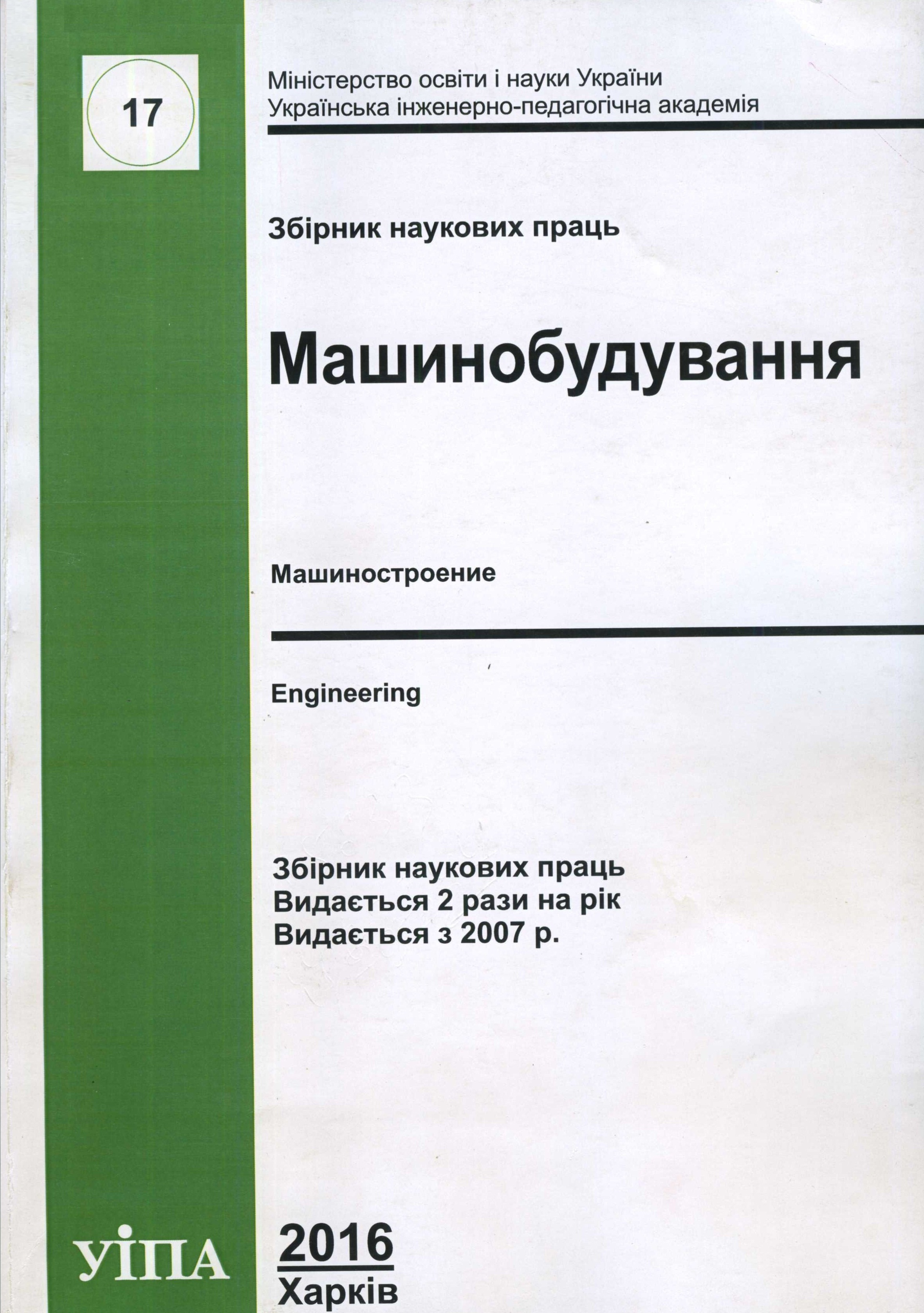Abstract
Assembly with heat – heat build – applicable in virtually all cases in which the required
heating temperature ensures the preservation of physico-mechanical properties of metal parts.
Depending on the production type (individual, serial, etc.) products are heated in an oil bath, the
electric resistance furnace, induction units, etc. Imperfect way is the heating flames, and the most
effective – induction, currents of industrial frequency.
A characteristic feature of technological process of Assembly joints of dissimilar materials
using the heat exposure is to ensure their strength during operation and the exclusion of plastic
deformation as a result of different coefficients of linear expansion.
Hardening of a material during its deformation beyond the limit of proportionality that
occurs due to an increase in preload has a positive effect on the wear resistance of the part.
Of particular interest is the assemblage of connections, type of bearings, where, as you know, the
parts of the unit are assembled from dissimilar materials having different coefficient of linear expansion.

